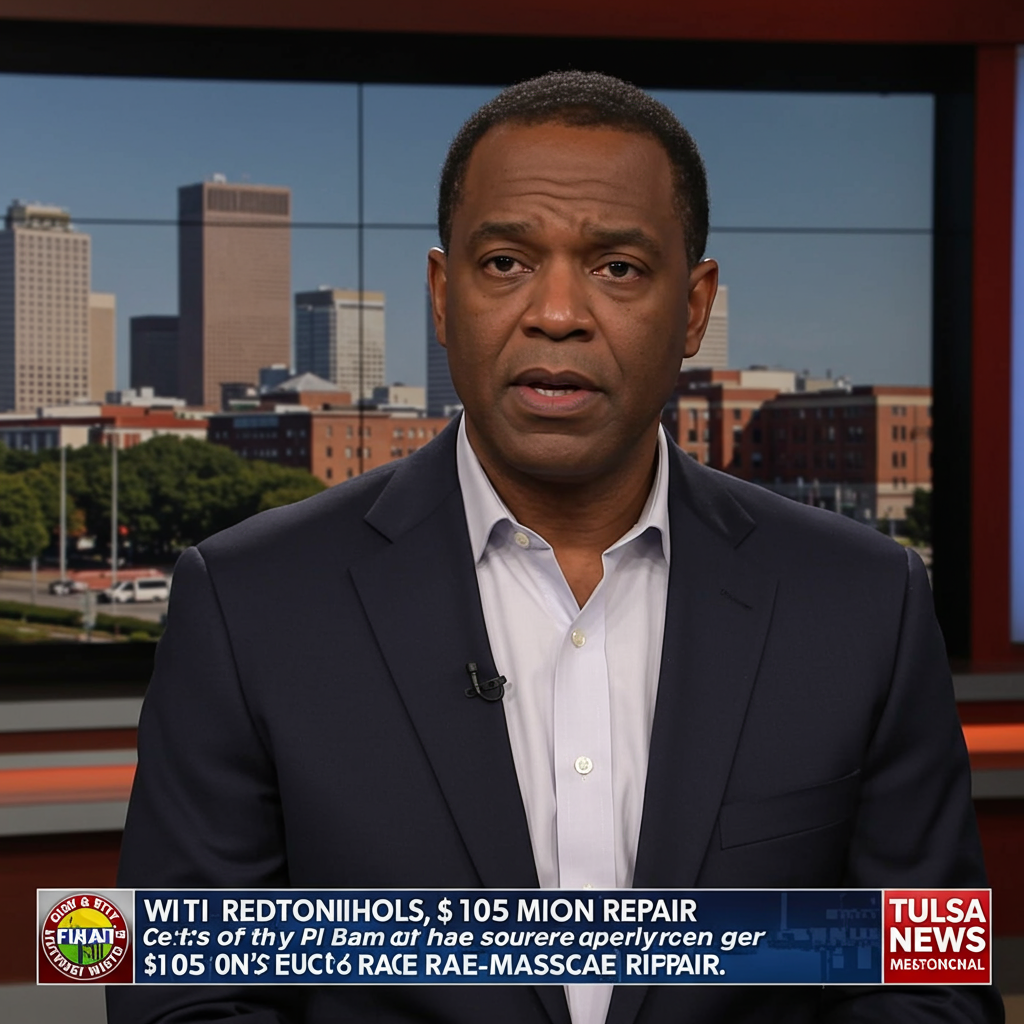The U.S. economy is currently showing remarkable strength, boasting low unemployment and inflation that’s nearing the Federal Reserve’s target. Yet, despite this seemingly positive picture, the nation’s central bank, led by Chairman Jerome Powell, finds itself navigating a complex and uncertain path.
The core of the Federal Reserve’s dilemma lies in the unpredictable impact of President Donald Trump’s widespread tariffs. These trade policies are creating a challenging environment where traditional economic signals are conflicting, leaving policymakers hesitant about their next move on interest rates.
Navigating Economic Crosscurrents
On the surface, the data is robust. The unemployment rate sits at a historically low 4.2%, reflecting a strong job market. Inflation, measured by the Fed’s preferred index, is also favorable at just 2.1% – very close to the central bank’s 2% target. This steady decline in price increases, coupled with a healthy labor market, would typically signal room for the Fed to potentially lower borrowing costs.
However, the tariffs introduce significant uncertainty. Experts worry these trade barriers could trigger a dual challenge: potentially pushing inflation higher by increasing import costs, while simultaneously slowing economic growth, which could eventually lead to a rise in unemployment. This potential for the economy to pull in both directions – risking both higher inflation and slower growth – puts the Fed in a difficult spot. Diane Swonk, chief economist at KPMG, aptly describes the situation as an “uncomfortable purgatory” for the central bank.
The Expected Hold and Future Projections
Given this uncertain outlook, policymakers are widely expected to keep their key interest rate unchanged at their meeting this week, maintaining it within the 4.25% to 4.5% range. This holding pattern allows the Fed time to better assess the evolving economic landscape.
While the rate decision itself is largely anticipated, the financial markets and economists are keenly focused on the Fed’s updated quarterly economic projections, set to be released Wednesday. These forecasts are expected to paint a more uncertain picture, potentially showing a slight acceleration in inflation later in the year and a modest tick up in unemployment.
Despite these near-term risks, some economists, including strategists at J.P. Morgan, still anticipate the Fed could begin cutting rates in the second half of 2025. The projections released this week could signal the possibility of two rate cuts later in the year, according to these forecasts.
Political Pressure and Fed Independence
Adding to the Fed’s challenges is direct political pressure from the White House. President Trump has openly criticized Chairman Powell for not cutting rates, arguing it would make the economy “take off like a rocket” and also save the government significant money on interest payments for its growing deficits.
Economists view the argument about saving on government interest payments with alarm, as it directly conflicts with the Fed’s congressional mandate to focus on stable prices and maximum employment, not fiscal savings. However, the markets have largely shrugged off these political attacks, possibly reassured by a recent Supreme Court ruling suggesting the President lacks the legal authority to fire the Fed chair.
Why the Hesitation Despite Low Inflation?
With inflation so close to target, and the current interest rate of around 4.4% being well above the estimated “neutral rate” of approximately 3% (the theoretical rate that neither stimulates nor slows the economy), there’s a strong case to be made for lower rates. A lower rate would seem appropriate when the primary goal of slowing inflation has largely been achieved.
However, the significant uncertainty introduced by the tariffs is the key factor causing the Fed to hesitate. While some predict tariffs might not dramatically spike inflation, this outlook is often tied to the expectation that the economy itself may slow, reducing consumer demand and thus limiting price increases. Economists at Goldman Sachs, for example, forecast a temporary rise in inflation to 3.6% by December but believe the longer-term increase will be limited precisely because they expect the economy to weaken this year, leading to a modest rise in unemployment.
Recent data supports concerns about a slowdown; a report released as the Fed meeting began indicated U.S. retail sales decreased last month and missed economists’ expectations, hinting that consumers may be “downshifting.” This type of incoming economic intelligence reinforces the Fed’s cautious approach.
Ultimately, the Fed is prioritizing patience. As Michael Gapen, chief U.S. economist at Morgan Stanley, suggests, the central bank needs “several months to assess the effects of policy changes,” believing that acting “later and correct is better than sooner and wrong.” This sentiment is echoed in surveys of former Fed officials, who anticipate perhaps only one rate cut this year due to the persistent risk of inflation re-accelerating.
The Federal Reserve remains in a difficult holding pattern, balancing a robust current economy against the unpredictable future impact of trade policy. Policymakers are diligently monitoring incoming data, particularly the full effects of tariffs on both inflation and economic growth, before making their critical next move.


